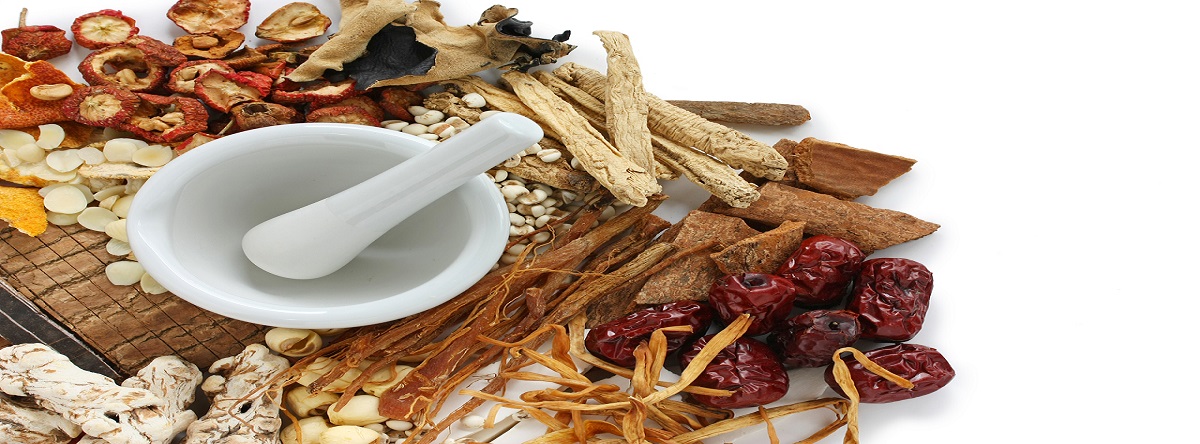Mold Removal is a complex task that requires knowledge of how to clean up and remove the mold. In most cases, a professional is required to remove larger areas of mold and also to find the hidden roots that cause it to return. Once the root cause is dealt with, the visible mold will often disappear. Typically the invisible root is in the drywall, wood, and other building materials, which can be removed by professionals and then replaced. If the mold was caused by water damage, then the repair of the leak is necessary, followed by drying and re-caulking the area to prevent further moisture intrusion.
Before starting any cleaning, a professional should inspect the area to determine if the problem has spread beyond the visible area. This may require cutting out sections of drywall and treating the material with bleach or another mold killing product. Then the drywall should be dried and painted with a mold resistant paint.
If there is no leak and the mold is on a drywall surface, then soap and water may be used to clean the affected areas. This will remove the dirt and make it easier to scrub the mold off. But this does not kill the mold spores and the spores will grow back.
For a more thorough and effective Mold Removal method, a solution of vinegar and water can be used. This is much less caustic than bleach and will be more effective in killing spores and removing them from walls. This method is recommended by the Environmental Protection Agency EPA. This is a simple process: spray the contaminated area with the cleaner, let it sit for at least 30 minutes and then scrub the area. Rinse the surface with clean water and then blot it dry with cloth or paper towels. This should be done in a well ventilated room.
This can be a messy project so it is important to protect yourself and your work area. This includes wearing NIOSH-approved respirators, rubber gloves and safety goggles. If possible, shut off power to the room at the electric service panel, and if there are water lines that run through the wall, turn off the water. Mark the general area of the affected drywall with a pencil or painter’s tape, and use a stud finder to identify the locations of wall studs. Cut away any sections of the drywall that are molded and discard them immediately. Clean and dispose of all tools after each use.
Open windows and turn on a fan to direct air out of the room while you are working. Cover any furniture that can’t be moved with plastic sheeting and tape, and seal off doors to prevent spores from spreading throughout the house. Double-bag the discarded drywall and other debris in large contractor bags for disposal. It is also a good idea to double-bag the garbage bag it came in, too. This will help control the release of mold spores into the air when disposing of it.

